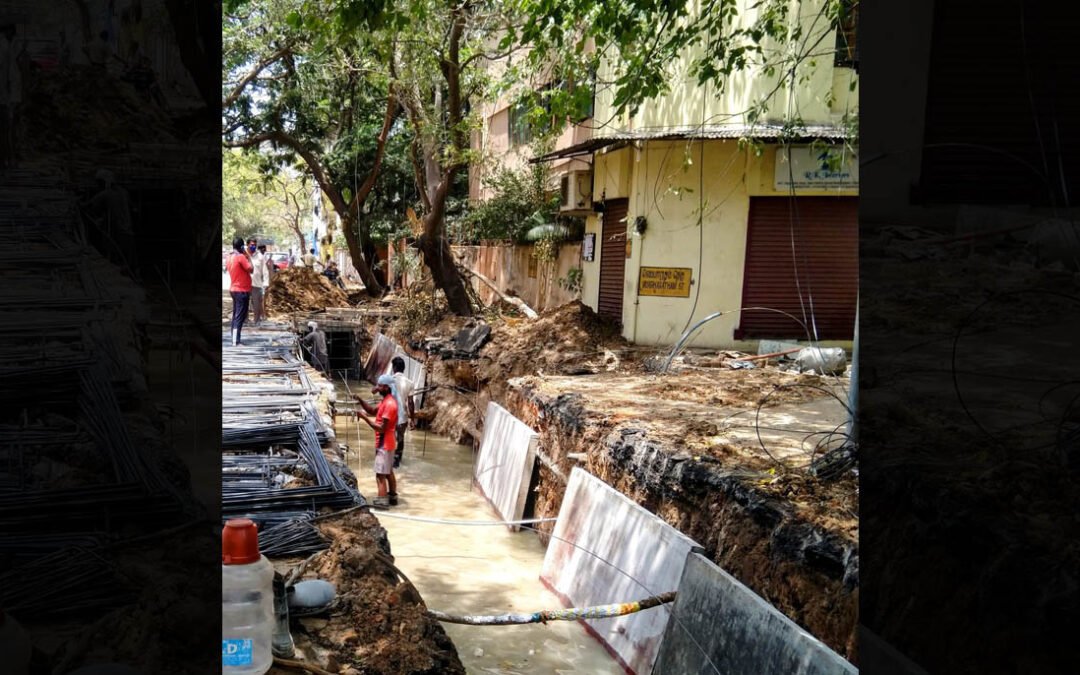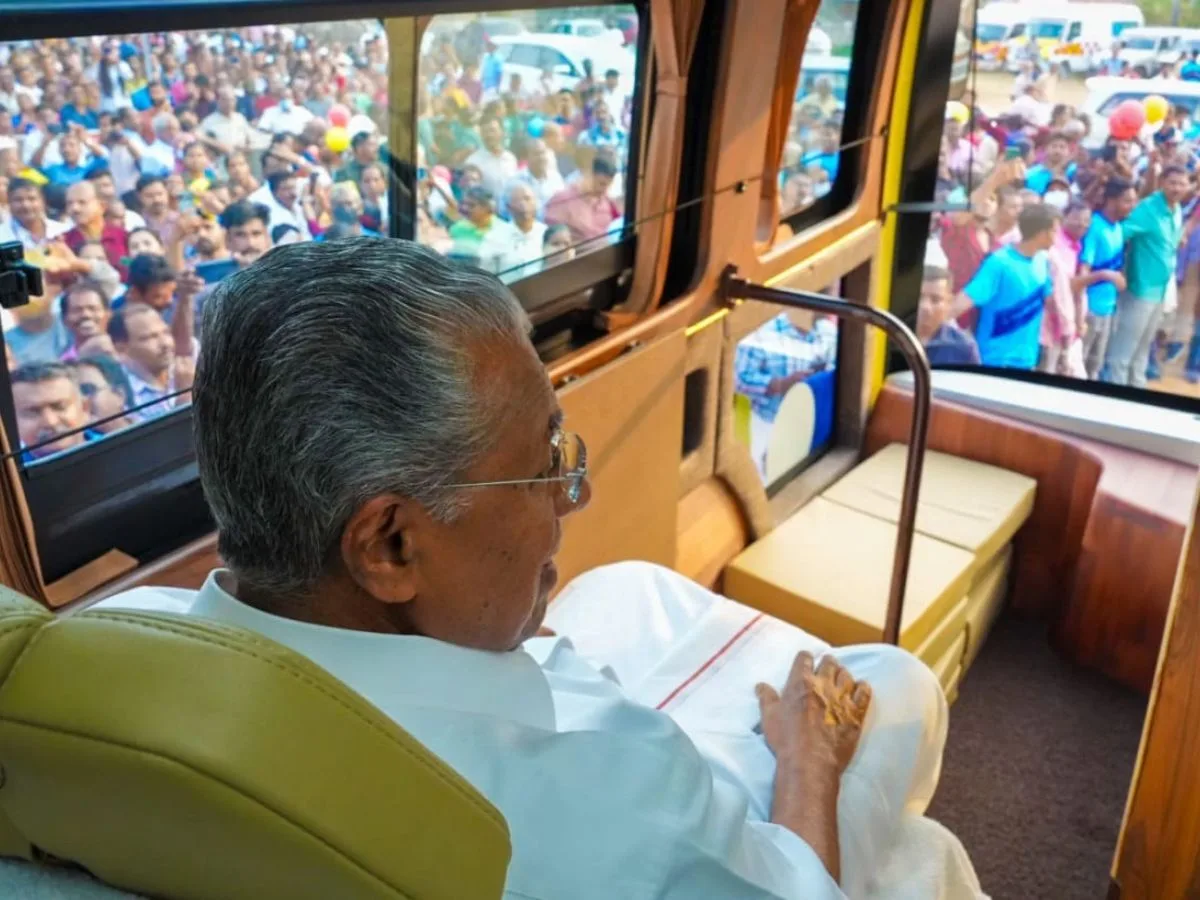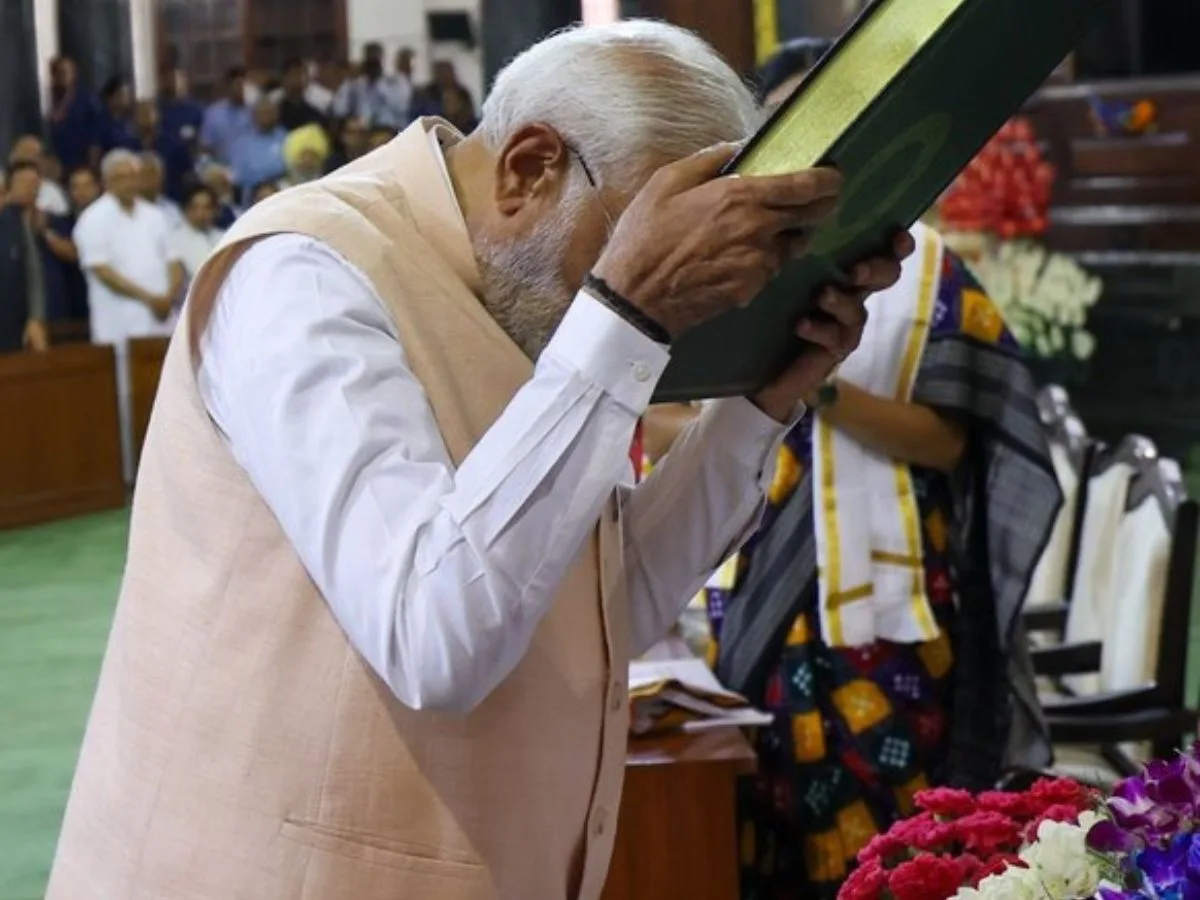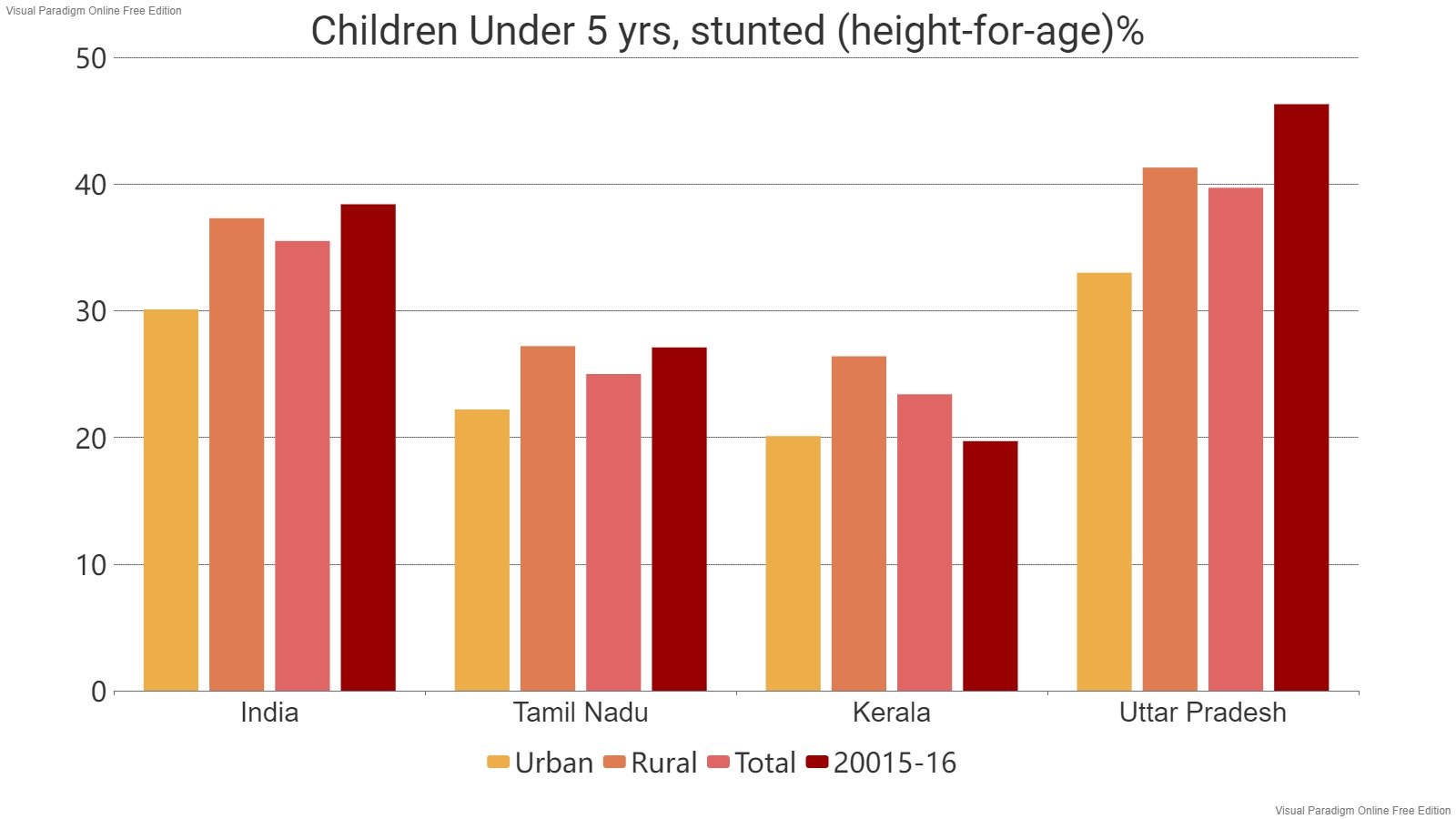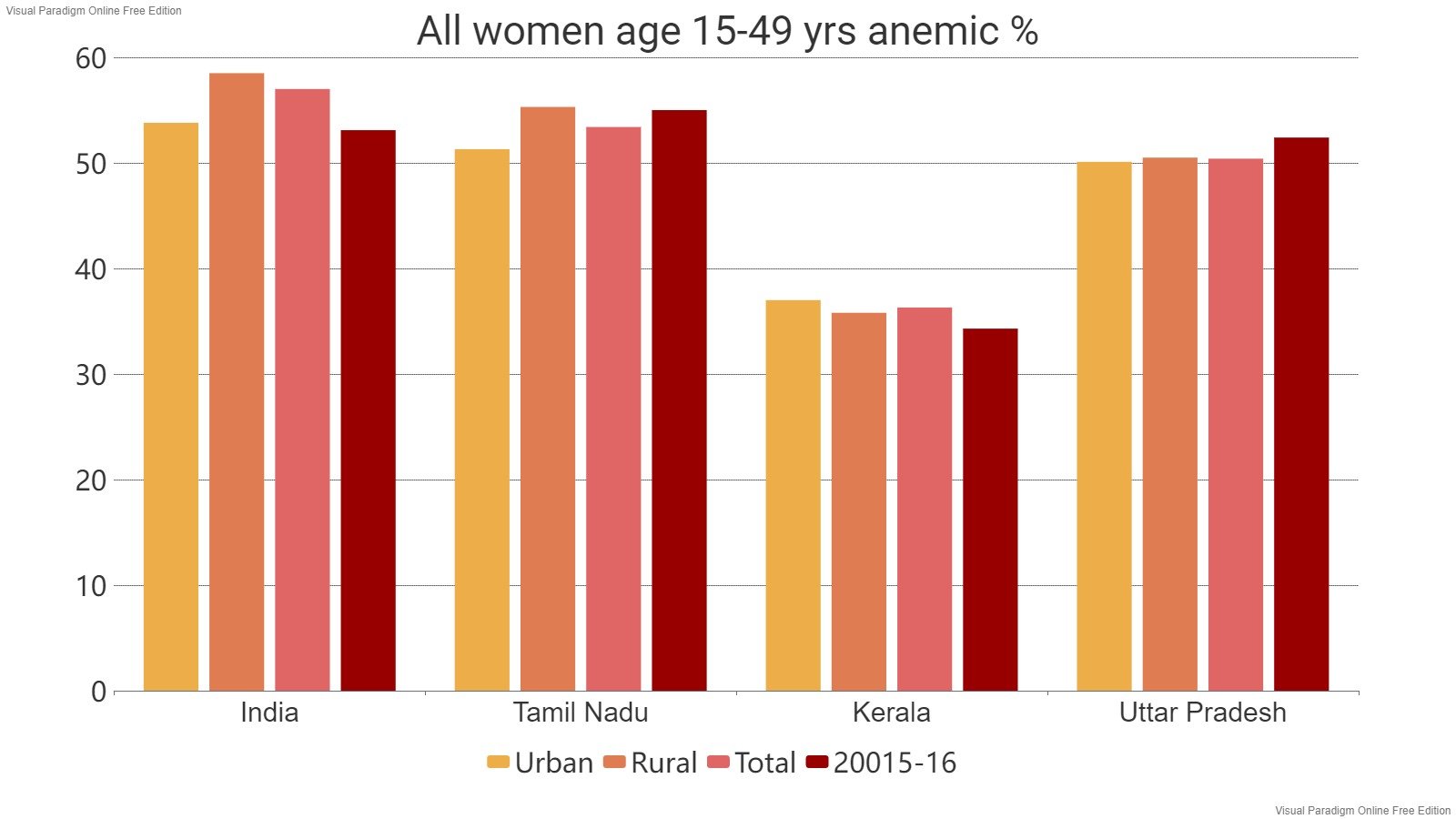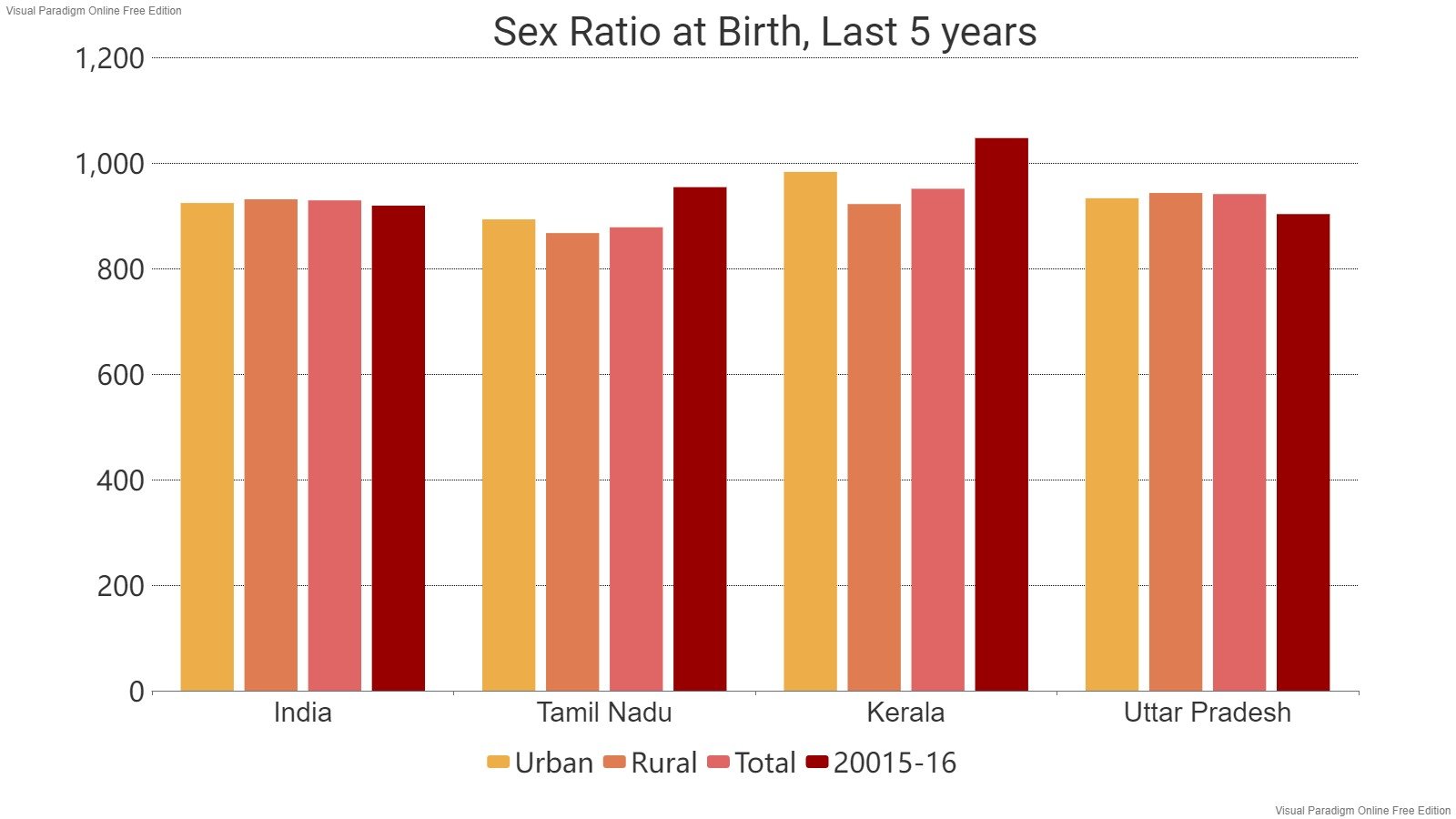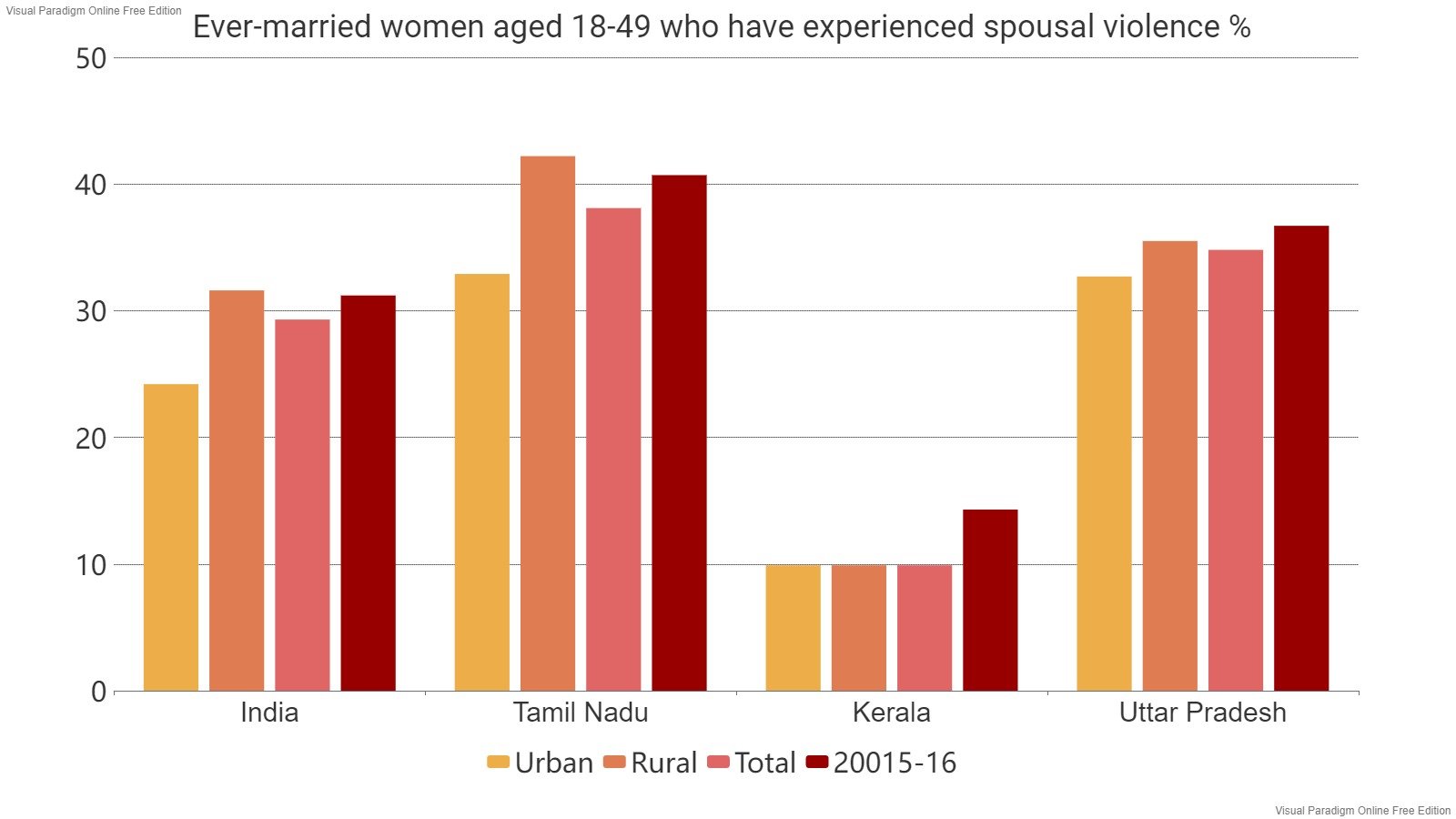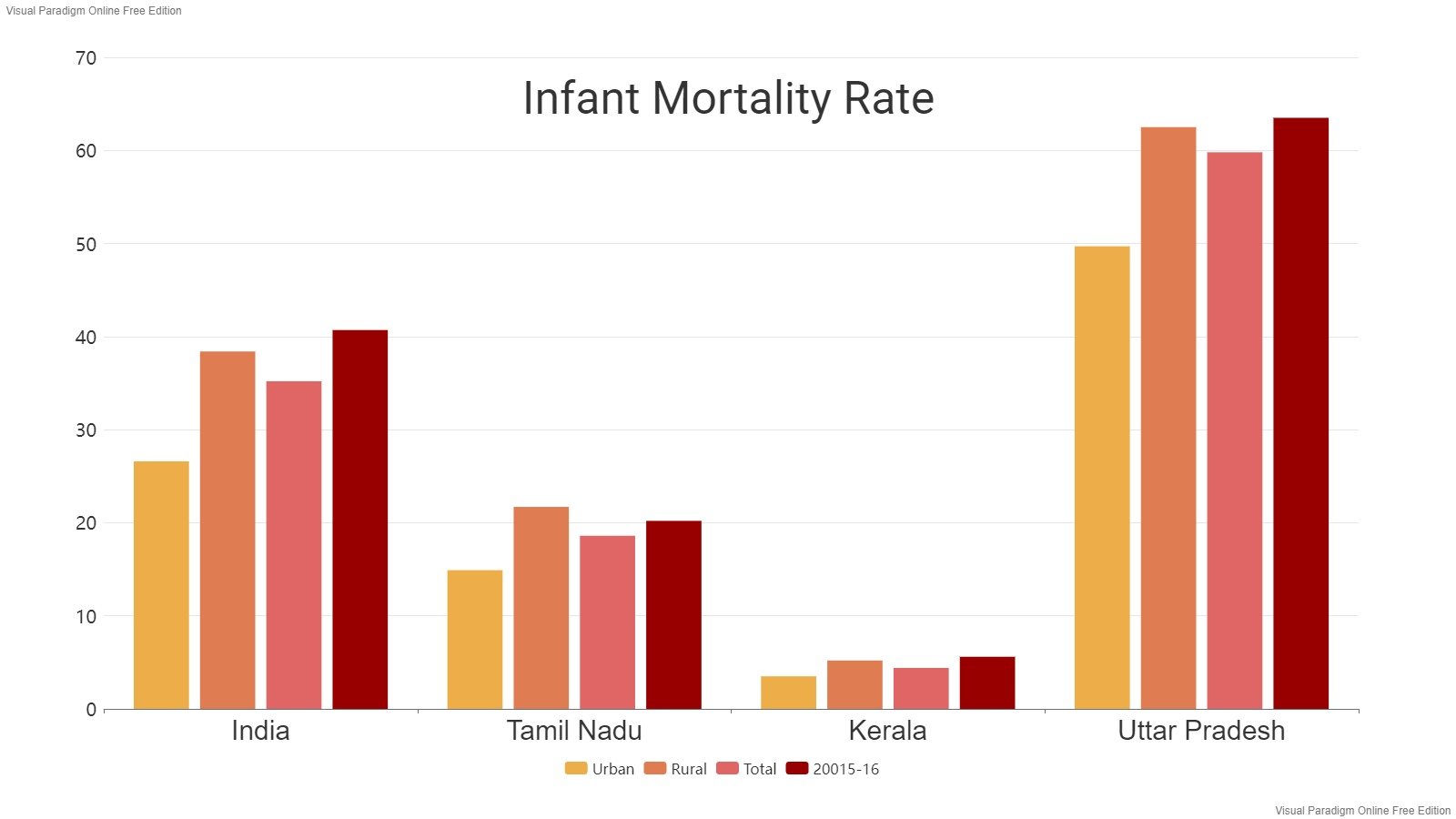Read in : தமிழ்
Years before the DMK government gave the former bureaucrat V Thiruppugazh the job of studying the disastrous 2021 flood in Chennai and suggesting permanent remedies, he had undertaken a study of best practices in the wake of the 2015 flood in the city on behalf of the Union Government’s National Disaster Management Authority (NDMA).
His panel at that time suggested key measures for the Tamil Nadu government to handle such disasters and the core principle was transparency. The panel recommended “Documentation of best practices and sharing the same in public domain so that other States may learn and mitigate risks of flooding based on Chennai’s experience. This may also help other countries, especially the developing nations of Asia, plan flood rehabilitation efforts.” What did Chennai and Tamil Nadu learn?
Unsurprisingly, there is high expectation that Chief Minister M K Stalin, who inspected flooded areas across Tamil Nadu during northeast monsoon 2021, will spell out what can be expected based on the Thiruppugazh panel recommendations. Stalin reviewed monsoon preparedness with official agencies including the Greater Chennai Corporation on June 24. So will we see a flood in Chennai in 2022, too?
Drains and a death
The pre-monsoon phase has started on a disastrous note. It may have been an act of God or one of carelessness by Greater Chennai Corporation contractors, but a tree fell on a car in K.K. Nagar, Chennai, killing bank manager Vani Kabilan on June 24.
Also read:
Infrastructure in Chennai: Here’s why ‘high roads’ were laid
Why sacred groves will work better than Miyawaki forests to make Chennai green
As in many other localities, in K.K. Nagar, the roads have been cut open like a patient undergoing a cardiac bypass graft surgery, and contractors seem to be in no hurry to beat the monsoon deadline and finish the job. Although fast-curing concrete is available today and China can put up an entire hospital building in a week, there is no sign of anxiety here.
Some storm water drain contracts have a completion date in November 2022, (Kodambakkam), but the monsoon would have pounded the city for weeks by then. Early warning signs are there: since June1, rainfall in Chennai until June 25 has exceeded the normal 52.9 mm by a whopping 214%, touching 166.2 mm (IMD data).
The major recommendation of the committee headed by Thiruppugazh for NDMA was to adopt transparent governance for disaster preparedness, but his committee’s report commissioned by the DMK government, due in April, is not found in the public domain. Even the interim report, which helped plan emergency drain construction and issue of contracts worth about Rs.900 crore, is not found online.
What lessons from 2015?
The earlier iteration of Thiruppugazh committee under the NDMA relied on using existing Chennai infrastructure for stormwater clearance, with an emphasis on maintenance and a pre-monsoon clean-up. But the deluge of November and December 2021 pointed to the sclerotic condition of Chennai’s drains, which apparently were not transformed under the AIADMK government that remained in power for six years after the great flood of 2015.
The DMK government needs to take the public into confidence on this, as it promised ahead of the elections – to run a totally transparent government. It must open an ongoing dialogue with stakeholder groups in Chennai to prepare for the monsoon.
As per the latest data from the Water Resources Department, 899 of 1,644 tanks in Chennai, Tiruvallur, Kancheepuram, Chengalpattu and Tiruvannamalai districts were freed of encroachments as of March 2022, while notices were served to others. But other questions remain:
- Have all the drainage canals and channels within Chennai been cleared of encroachments and obstructions?
- Has the barrier created by smart city work, which was blamed for the 2021 flood in T. Nagar, Kodambakkam, West Mambalam, K.K. Nagar, been fully cleared?
- Since much of Chennai is at sea level or even below sea level in some localities, what additional measures have been taken to ensure water drainage into canals and rivers?
The Thiruppugazh NDMA panel report says “Master Plan 2030, drawing lessons from the 2015 deluge, is under preparation” for Chennai. Yet, the CMDA website has only the Second Master Plan, with a window of 2026. In the section on Macro Drainage System in Chennai Metropolitan Area (CMA), the report cites early recommendations, but offers no insight after the 2015 event.
What is relevant from that report is the length of water courses available in Chennai, both within the city limits and the CMA. The Cooum is the strongest possibility as a carrier in Chennai. Others would need extensive work, including drain links. Here is the estimated length of rivers and canals, for Chennai City and CMA in km (PWD data):

The key question is whether the expanded and expensive storm water drainage network now under construction links up with these water courses, and whether they have been made fit for purpose to carry a large volume of flood water in extreme weather events. The sludge accumulation in Chennai waterways was studied as early as 1994 through external consultancy studies. Severn Trent conducted studies in 1991 and filed a report on improvements to Chennai waterways.
Moreover, Chennai Metrowater has been carrying out another expensive project to conserve rivers Adyar, Cooum, Buckingham Canal, Otteri Nullah, Captain Cotton Canal and Mambalam Drain, with support from the Union government’s National River Conservation Directorate (NRCD). Metrowater’s website indicates that works with a value of Rs.382.24 crore were taken up between 2001 and 2003 and completed in 16 packages. Another Rs.22 crore was used from cost savings to expand sewerage facilities.
What then was the issue with the monsoon rainfall of 2021 that led to the flood in Chennai? Why did not these improved rivers absorb the excess flood water? Did fresh barriers and encroachments come up on these? Perhaps the final report of the Thiruppugazh panel for 2021 has some answers.
The DMK government needs to take the public into confidence on this, as it promised ahead of the elections – to run a totally transparent government. It must open an ongoing dialogue with stakeholder groups in Chennai to prepare for the monsoon.
Read in : தமிழ்
